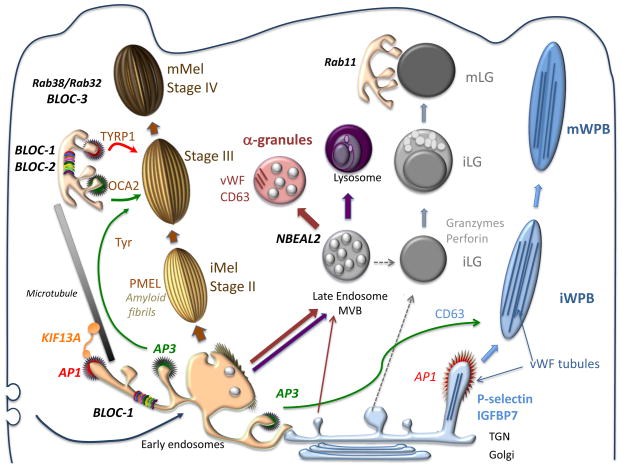Figure 1. Model for biogenesis and docking of four vertebrate LROs.
Shown are models for the biogenesis of immature (i) and mature (m) melanosomes (left, orange), platelet α granules (pink), lysosomes (violet), CTL LGs (gray) and WPBs (right, blue) relative to the endocytic and biosynthetic pathways (Golgi, TGN, early endosomes, late endosomes/ MVBs, and lysosomes). Key cargo molecules discussed in the text are noted in the same color as the LRO, and effectors involved in biogenetic steps are labeled in black text. Arrows indicate relevant trafficking pathways. Left, immature melanosomes (iMel) emerge from vacuolar domains of early endosomes, and mature by cargo delivery from tubulovesicular domains of early endosomes through AP-1- or AP-3-coated vesicles; recycling endosomal domains associated with KIF13A and AP-1 migrate along microtubules towards maturing melanosomes for delivery of some cargoes as indicated. BLOC-1 facilitates tubule-mediated transport; BLOC-2, BLOC-3, RAB32 and RAB38 likely function downstream. Platelet α granules derive in an NBEAL2-dependent process from late endosomes/ MVBs within megakaryocytes, and receive both biosynthetic and endocytic cargoes. MVBs in the same cells also fuse with lysosomes to deliver other cargoes. In CTLs and NK cells, immature LGs (iLGs) also derive by fusion of MVBs with dense core structures, and then fuse with recycling endosome-derived structures upon stimulation by target cells to form mature LGs (mLGs). The dense cores of iLGs contain perforin and granzymes that likely aggregate within the TGN. Likewise, vWF forms tubules in the TGN of endothelial cells, that then bud off perhaps together with cargoes such as P-selectin and IGFBP7 to form immature WPBs; other cargoes, such as CD63, are then delivered from early endosomes in an AP-3-dependent manner.

